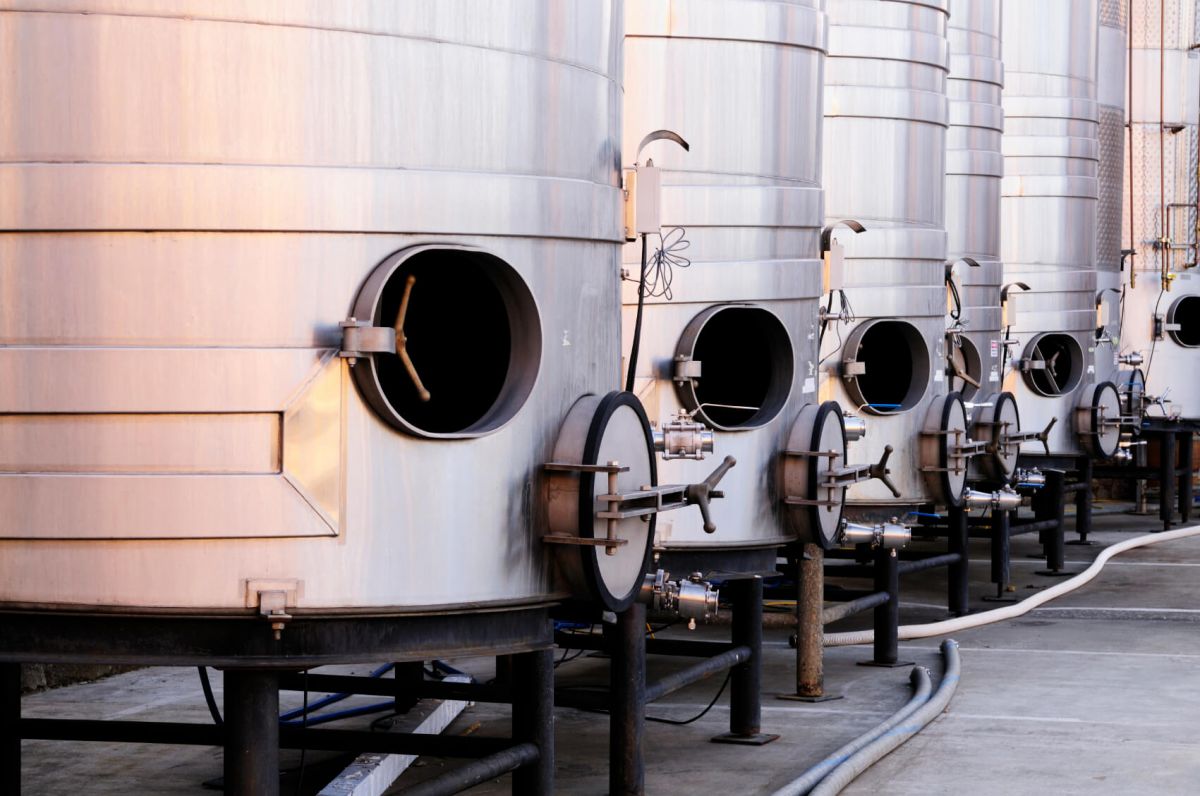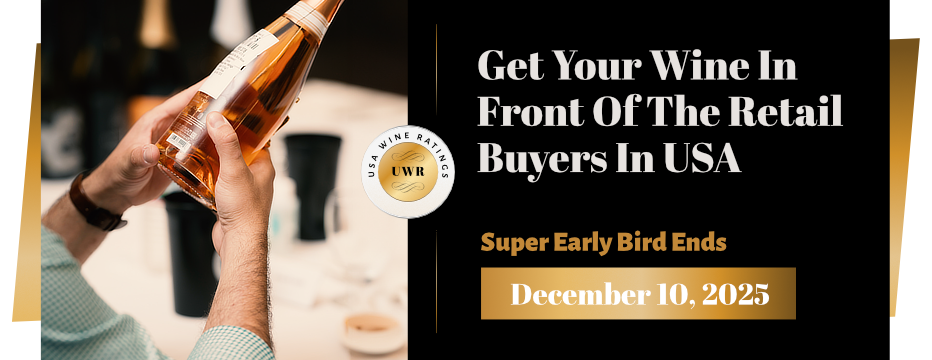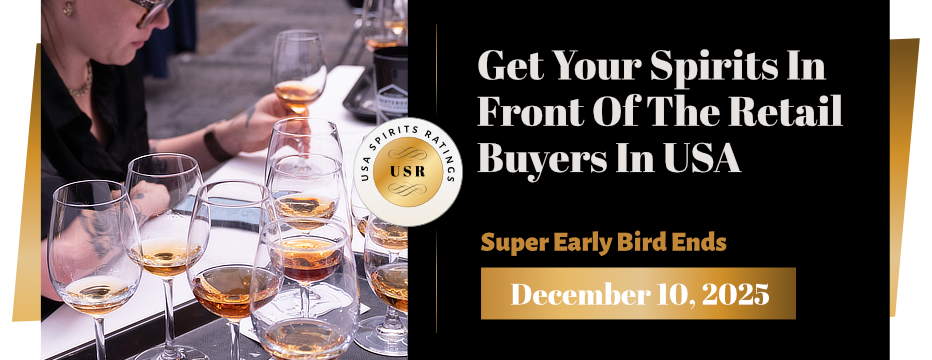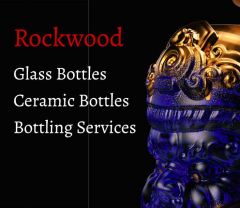Sommeliers Choice Awards 2025 Winners
3 Ways to Use the Bulk Wine Market as Part of Your Marketing Strategy
If you are producing a vintage that is in demand in the bulk market, then use these strategies to become a bulk wine supplier. It may not mean that your profits will soar, but your marketing sources will diversify. It is worth giving it a try and seeing if it's right for you.

If you’re looking to differentiate your wine in a crowded marketplace, one place to look for a relatively low-cost, high value-added marketing strategy is the bulk wine market. By tapping into the power of the bulk wine market, you will be able to think beyond the typical bottling and distribution process that leads from your winery to store shelves.
There are three basic reasons why you would want to use the bulk wine market as part of your marketing strategy: it can help you to increase margins; it can help you develop a new positioning or branding strategy for your wine; and it can help to stabilize your existing wine production processes when the overall wine market may be showing signs of weakness.
Understanding the factors of supply and demand
Before going into the details of how to go about using bulk wines as part of your marketing, it’s first important to understand how the bulk wine market works. Like any market, it’s driven by factors of supply and demand. The overall economic environment also matters, because a booming stock market typically leads to booming consumer demand for all varieties of wine (and vice versa).
Consumer demand is a highly important factor, because rising consumer preferences for chardonnay, white zinfandel or merlot can send bulk wine prices skyrocketing. But you cannot ignore the impact of supply either, because a short harvest can also push prices up considerably. In the 1990s, for example, prices for Central Coast chardonnay fluctuated widely, depending on size and quality of crop harvests.
Strategy #1: Increase your margins with bulk wines

Given the importance of supply and demand, the goal here is to be a net seller of bulk wines when prices are rising, and a net buyer of bulk wines when prices are falling. Some wineries, for example, purposely produce more than their needs, pick out the best grapes for their own wines, and then sell off any excess in the bulk market. In fact, some California wineries gear their entire marketing strategy to selling on the bulk market. By using the bulk market to sell 90% or more of their wine, they eliminate many of the factors that impact margins – like bottling and distribution. This strategy works particularly well when prices are rising.
Conversely, some wineries choose to become net buyers of bulk wines when they need to augment or blend their own wines. By selling new blends made with low-cost bulk wines, it is possible to boost their overall margins. This strategy is particularly effective with the introduction of new private label wines, where you are able to charge more for a product even when you are using lower-cost bulk wines. This strategy works particularly well when prices are falling.
Strategy #2: Develop a new positioning and branding for your wine
When you source your product on the bulk wine product (either wholly or in part), you are freeing yourself up to focus more on marketing rather than the growing or bottling of the wine.
The important point to keep in mind here is that consumers are constantly reappraising brands as new competitive conditions emerge. As a winery, you need to think of these changing competitive conditions as an opportunity and not a threat. In short, they create an opportunity to create a new product and a new brand positioning at a higher price point.
Many small- and midsize wineries use the bulk market to fine-tune their blends with bulk wines from other regions or with unique characteristics. These lower-cost bulk wines can then be used to produce lower-priced wines for private labels.
In a best case scenario, of course, you are able to position an existing wine as a higher-end or premium product simply by responding to consumer tastes and making a few simple modifications to your sourcing process.
For example, at one time, André champagne was thought of as a low-cost pink champagne. However, when consumer tastes shifted into blush sparkling wines, André champagne decided to reinvent itself. It changed its label, changed is positioning and changed its taste. And consumers loved it!
Another example involves M.G. Vallejo. At one time, consumers did not have strong perceptions of the brand and that gave the brand a chance to reinvent itself for consumers. When chardonnay became a hot category, M.G. Vallejo acted accordingly. It changed to a new black premium label, changed its product slightly, and ending up with a higher price point. At the same time, M.G. Vallejo worked carefully with distributors, to make them aware of the new positioning and how it should be marketed to wine drinkers.
Strategy #3: Stabilize production and pricing
This tactic requires an understanding of not only basic supply and demand for bulk wines, but also the different market cycles for wine. There are essentially four different phases of the wine cycle:
- A period of rapid sales growth and rising margins;
- A period of steady sales but narrowing margins;
- A period when the growth rate drops and margins disappear;
- A period when the growth rate is slowing and narrow margins are reappearing.
Obviously, as a wine producer, the best phase of the wine cycle is when sales are growing rapidly and margins are expanding. The worst phase of the wine cycle is when sales are dropping and margins are disappearing.
What’s important to recognize is that these phases of the cycle follow in the same order every time. Thus, it is inevitable that a period of peak sales will be followed by a period of slowing sales and then a period of no sales. And then, just when things look the bleakest, sales will start to come back.
By recognizing where you are in this cycle, you will be best able to deploy a bulk wine strategy. When margins are high, you will want to scale back on your use of the bulk wine market. However, when margins are razor-thin, that’s when you may want to get more involved with the bulk wine market. In short, you are buying bulk wines in the short years and selling bulk wines in the surplus years. By following this model, you will be able to stabilize your existing wine production processes.

Ultimately, every winery uses the bulk market to some extent. Some use it as their main business, and as a way to reduce their branding and marketing investment costs. For example, Central Valley wineries often sell their wines to other California wineries under a long-term contract. They lock in these sales without worrying about having to market these wines in the broader marketplace. In contrast, coastal wineries tend to be net buyers of bulk wines, using them for their blending and augmentation processes.
Whether you are looking to use the bulk market to fine-tune your blends with bulk wines from other regions, or you are looking to produce lower-priced wines for private labels, there’s a way to use the bulk wine market to your advantage. By understanding the basics of supply and demand, as well as the key phases of the wine market cycle, you will be best positioned to make your winery a knowledgeable participant in this rapidly expanding market niche.


























